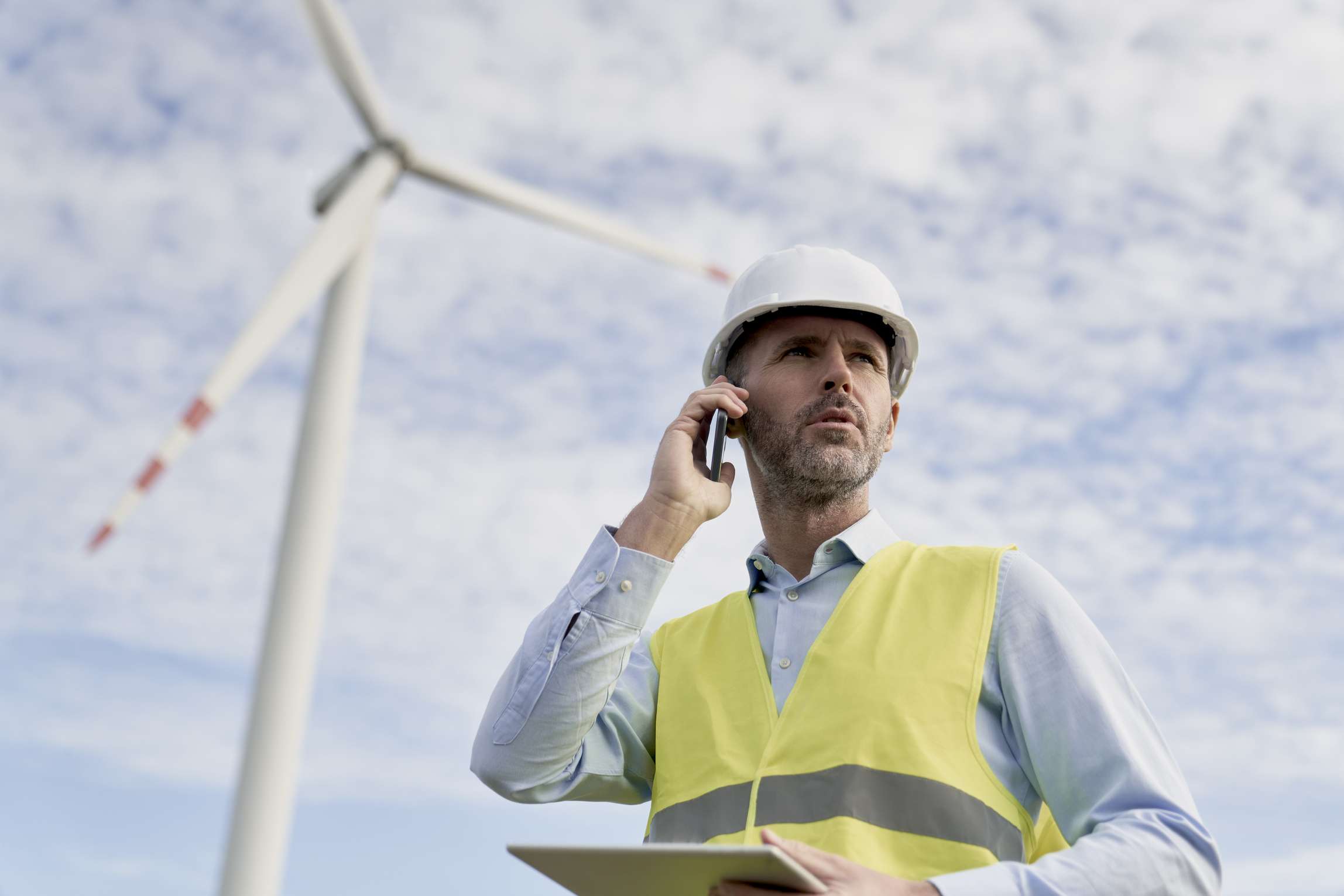What Are the Cons of Wind Power?
Wind energy is celebrated as a promising renewable resource, contributing to a cleaner and more sustainable future. However, like any technology, it comes with its share of challenges that need to be addressed. While wind power offers numerous benefits, from reducing greenhouse gas emissions to decreasing reliance on fossil fuels, here are some cons that deserve consideration:
- Intermittent
- Noise and Visual Pollution
- Large and Rotate at Very High Speeds
- Blades Can Harm and Kill Species
- Cost Trade-off
- Wind Energy Needs Transmission
Intermittent

Ah, the wind – nature’s playful dancer, whispering secrets as it swirls through the landscapes. But can we truly harness this capricious companion to power our world? Wind energy, while a green dream come true, has a quirk that keeps engineers and energy enthusiasts on their toes – its intermittent nature.
Imagine a symphony orchestra where the conductor has moments of restlessness, sporadically picking up and dropping beats. Similarly, wind energy production experiences its highs and lows, depending on the ever-changing moods of the wind.
The Wind’s Mood Swings
Imagine planning a picnic with Mother Nature, only to have her RSVP “Maybe” at the last minute. Wind energy’s intermittent nature is a bit like that. While the sun dutifully shines every day (well, most days), the wind has its own set of mood swings. One moment, it’s a gusty superstar, spinning those turbine blades like a DJ at a rave. The next, it’s slacking off, leaving turbines idle and energy production in limbo.
When the Wind Takes a Nap
You’ve heard the saying “Make hay while the sun shines”? Well, with wind energy, it’s more like “Make energy when the wind blows.” Unfortunately, wind doesn’t always follow our energy generation schedule. It’s not like we can politely ask the wind to pick up its pace during peak electricity demand hours. Nope, sometimes it decides to snooze just when we need it the most.
Backup Plans on Speed Dial
Dealing with the wind’s on-again, off-again attitude requires a backup plan that would make even the most prepared doomsday prepper proud. When the wind decides to take a break, other energy sources like gas or coal power plants must step in to keep the lights on. It’s like calling in a substitute teacher when the main one calls in sick – necessary, but not always ideal.
Storage Struggles
Remember those rechargeable batteries that only seem to work for a few months before losing their juice? Wind energy faces a similar challenge when it comes to storing power. When the wind is howling, we might generate more energy than we can immediately use. Storing excess energy for calm days requires expensive and sometimes imperfect technologies like large-scale batteries or pumped hydro storage.
The Energy Tug-of-War
Wind energy’s intermittent nature can sometimes feel like an energy tug-of-war between supply and demand. Too much wind? We scramble to store the excess. Too little wind? We hurriedly fire up the backup power plants. It’s a delicate dance to keep the energy flow steady and avoid any blackouts.
Noise and Visual Pollution
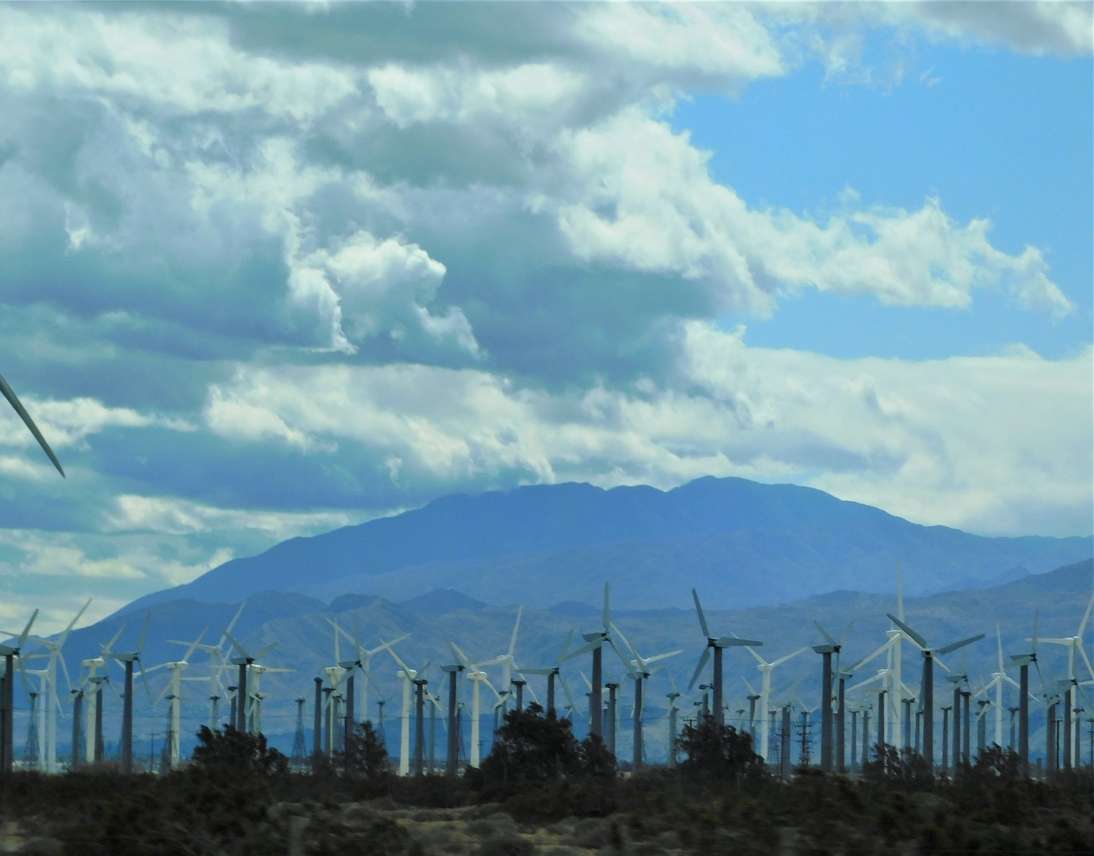
As the wind turbines stand tall and proud, converting wind into electricity, they also cast their long shadows over a heated debate. Some applaud them as the saviors of the environment, while others raise an eyebrow at their towering presence. It’s like having a celebrity move into your neighborhood – impressive, but it changes the landscape you’ve grown accustomed to.
The visual impact of wind farms is like an art installation that sparks conversation. Some people find them graceful and futuristic, a symbol of our commitment to a cleaner future. Others liken them to alien invaders, disrupting the natural scenery with their metallic arms and spinning dance.
But it’s not just about appearances; sound also plays a role in this symphony of cons. Those enormous blades that capture the wind’s energy can also create a symphony of their own – a rhythmic “whoosh-whoosh” that’s not exactly music to everyone’s ears. Imagine living in a world where every breeze carries a background soundtrack, reminding you of the ever-present turbines.
Symphony of the Breezy Beats
Who knew that wind turbines could moonlight as percussion instruments? That’s right – those spinning blades are like the drummers of the renewable energy world. But instead of rhythmic beats, they create a symphony of swooshes and whooshes that could rival a nature sound machine. For those who live nearby, it’s like having a never-ending wind-themed lullaby playing outside your window. Sweet dreams or sleepless nights? It’s a toss-up.
Visual Kaleidoscope or Industrial Overload?
Imagine you’re taking a scenic drive through the countryside, and suddenly, you stumble upon a modern art installation – rows upon rows of towering turbines, elegantly turning against the sky. Is it a beautiful harmony between technology and nature, or a clash of aesthetics? Well, that depends on your perspective. To some, these giants might be like avant-garde sculptures, while to others, they’re more like misplaced sci-fi props.
The Whooshing Woes
Let’s talk about noise – the kind that’s not from your neighbor’s garage band. While wind turbines do their balletic dance, they also produce a distinctive whooshing noise that can become the background music of your life if you’re close enough. Living near a wind farm means you’re part of a never-ending symphony that features everything from gentle breezes to full-blown gales. Earplugs, anyone?
The Urban vs. Rural Divide
One person’s noise is another person’s symphony – or so they say. But what happens when the cacophony of turbines crashes the serene soundscape of a rural retreat? It’s like throwing a rave party in the middle of a meditation retreat – unexpected and potentially unwelcome. The debate over whether these technological giants belong in urban areas or the countryside is as ongoing as the hum of the turbines themselves.
Waving at the Aesthetics
We’re all for progress and innovation, but let’s be real – not everyone wants to wake up to the sight of towering mechanical creatures dominating the landscape. The visual pollution caused by wind turbines has led to divided opinions. Some see them as icons of green energy, while others think they’re a blot on the canvas of nature. It’s like an avant-garde art piece – loved by some, baffling to others.
Large and Rotate at Very High Speeds
Ever seen a wind turbine up close? They’re like modern-day windmills on steroids, towering over the landscape with a confidence that says, “I’m here to harness the wind and save the planet.” But there’s more to these giants than meets the eye – they’re large and they spin at mind-boggling speeds, and that combo isn’t just for show.
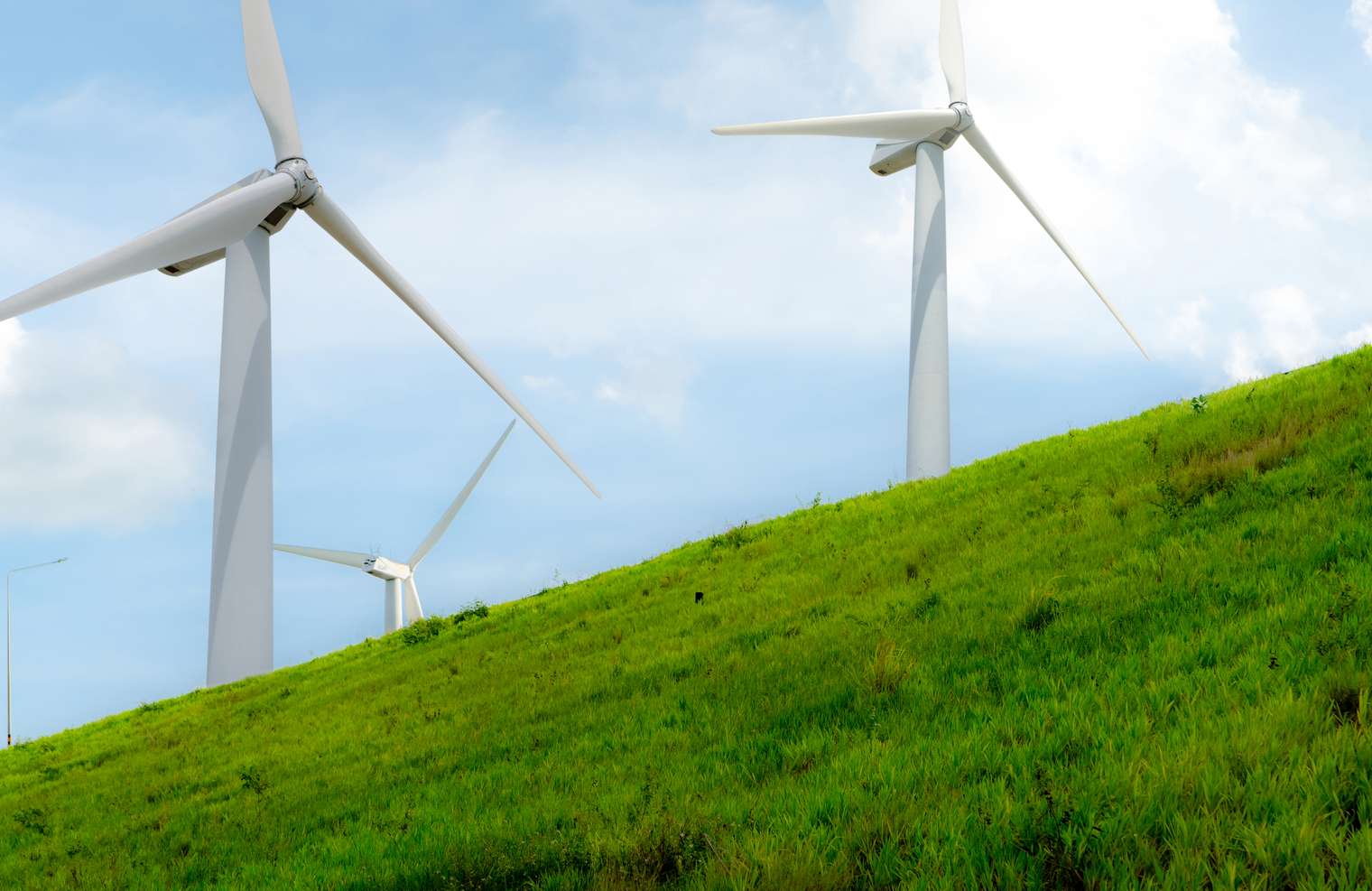
Turbines: Size Matters
You know what they say – “Go big or go home.” Well, wind turbines took that advice to heart and ran with it. These towering giants are the LeBron James of the energy world, with some blades stretching longer than a basketball court. They stand tall and proud, demanding attention like they’re auditioning for a superhero movie. But remember, folks, with great size, comes… well, some complications.
The Speed Demon Spinners
Buckle up, adrenaline junkies, because wind turbine blades are here to give your roller coaster rides a run for their money. These bad boys rotate at speeds that make your average merry-go-round look like it’s standing still. It’s like strapping a jet engine to a pinwheel and setting it loose. They spin faster than a DJ switching track at a music festival – and trust us, they’re not playing around.
Gone with the Wind (Turbines)
Ever heard the phrase “gone with the wind”? Well, that might be more literal than you think. When those colossal blades get into full spin mode, they can generate wind speeds that feel like you’re caught in a miniature tornado. It’s like Mother Nature’s own version of a hair dryer – but on steroids. If you’re not careful, your carefully crafted hairstyle might just end up somewhere over the rainbow.
The Shadow Play
Picture this: You’re enjoying a leisurely stroll in the countryside, soaking up the sun, and suddenly – whoosh – darkness engulfs you. No, it’s not a sudden eclipse; it’s the shadow cast by a rotating wind turbine blade. These behemoths can create a strobe-light effect, turning a peaceful day into an impromptu disco party. A little dance to go with your walk, anyone?
The Sound of Speed
While turbines may not break the sound barrier, they’re not exactly whisper-quiet either. Those rapid rotations generate a symphony of sounds that’s part airplane takeoff, part futuristic spaceship. It’s like the whoosh of an intergalactic warp drive – but without leaving the ground. For some, it’s a reminder of the awesome power of renewable energy; for others, it’s the source of a never-ending soundtrack.
Blades Can Harm and Kill Species
While wind energy promises a cleaner Earth, it’s not without its unintended consequences. Those majestic turbine blades, which harness the wind’s power so gracefully, can also pose a danger to the wildlife that shares the same airspace.
Hold onto your safari hats, explorers, because we’re about to venture into the wild side of wind energy – where the clash between turbines and Mother Nature can lead to some unexpected encounters. Get ready to discover how those colossal turbine blades can be both eco-friendly warriors and unintentional threats to the creatures that share our planet.
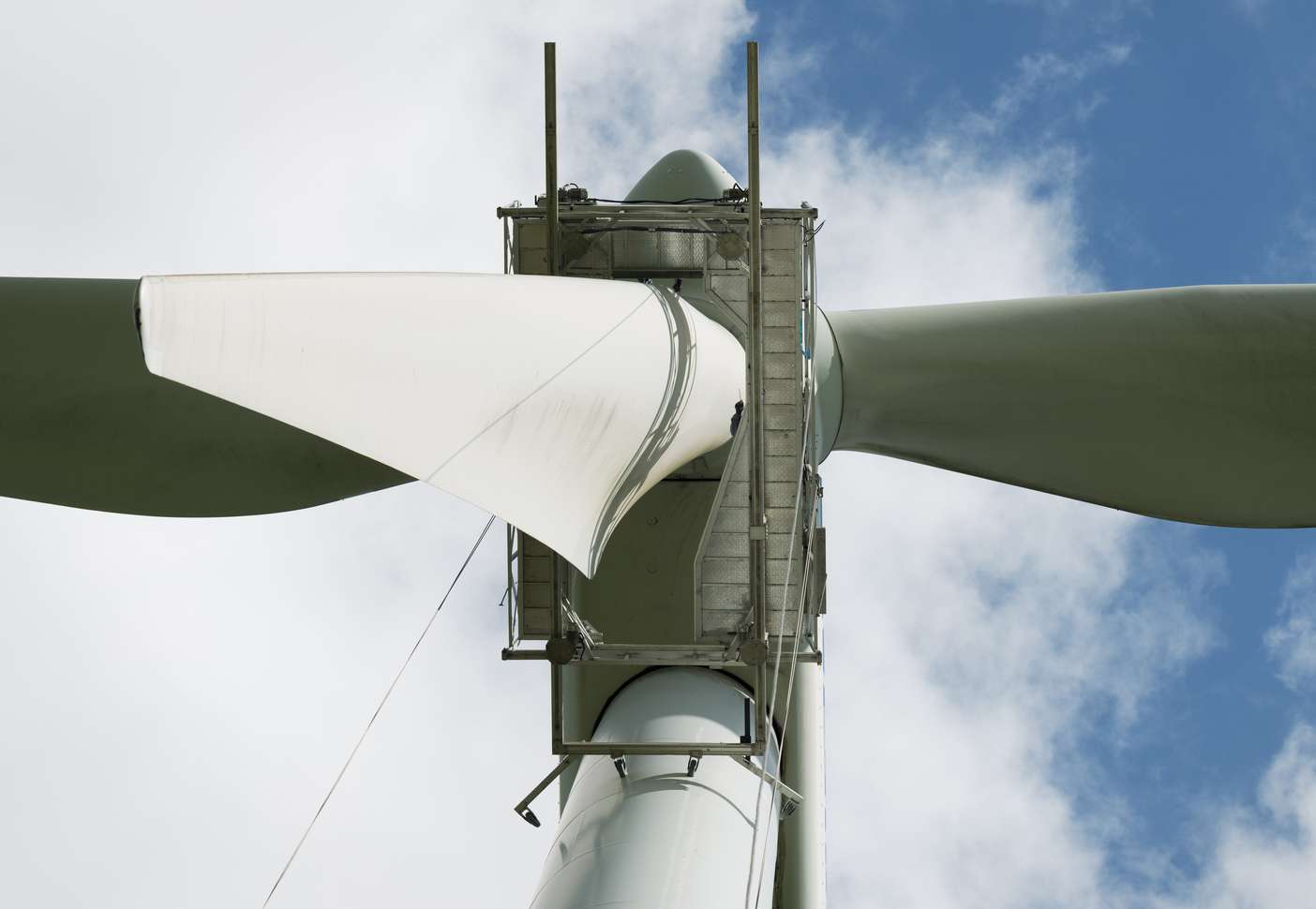
Turbines vs. Avian Acrobats
Picture this: a majestic bird, soaring through the sky with the grace of a ballet dancer. Now add in a spinning turbine blade. You might start to see the problem. Birds and bats, those daring aerial acrobats, sometimes find themselves in a deadly dance with wind turbine blades. It’s like a high-stakes game of dodgeball, except the consequences are far more dire.
Collisions in the Sky
Have you ever been so lost in thought that you walked into a glass door? Well, birds have their own version of that – flying into things they can’t see. And when it comes to wind turbines, those gigantic blades can become invisible death traps for our feathered friends. It’s like a real-life version of “Bird vs. Blade,” and trust us, the blades don’t always lose.
Bats in the Belfry, and Turbines
Bats might be the unsung heroes of our ecosystem, feasting on insects that can otherwise wreak havoc on crops. But when night falls and they venture close to wind turbines, things can get dicey. The low pressure created by the spinning blades can cause problems for these delicate creatures, leading to injuries or worse. It’s like a moth to a flame, but with a more ominous twist.
A Flicker of Disruption
Imagine you’re having a peaceful day at home, enjoying the sun streaming through your windows, and suddenly – blink, blink – a flickering shadow disrupts your serenity. That’s what happens when turbine blades cast a moving shadow on the ground, a phenomenon that might be a mere annoyance to humans but can confuse and disturb local wildlife. It’s like hosting an impromptu light show for the animal kingdom.
The Unintended Impact
We set out to harness wind power for a cleaner future, but sometimes our ambitions collide with the delicate balance of nature. Wind energy’s unintended impact on wildlife serves as a reminder that progress isn’t always a smooth ride. As we strive to mitigate these effects, we’re faced with the challenge of finding solutions that can harmonize our pursuit of sustainable energy with the preservation of our planet’s biodiversity.
Cost Trade-off
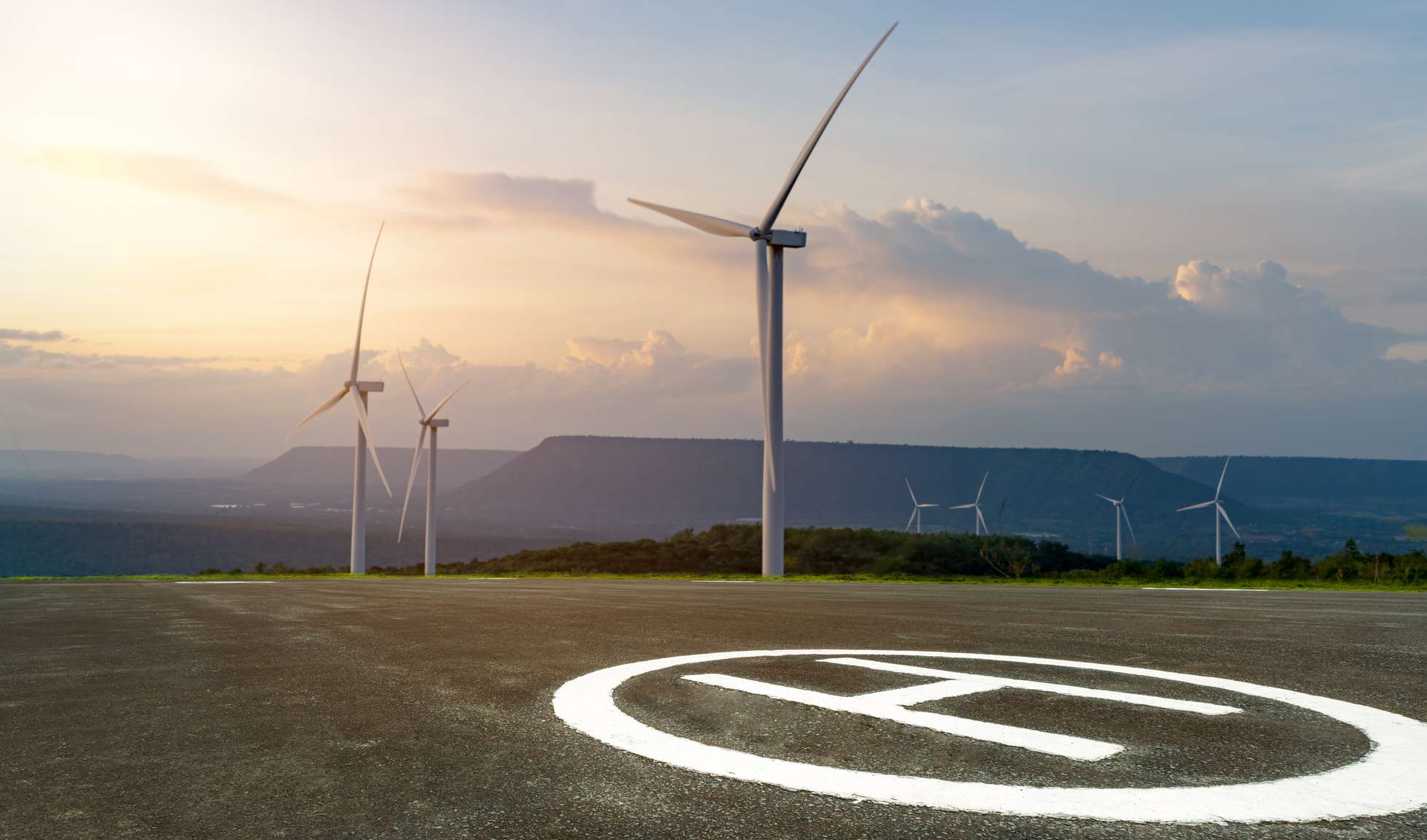
Investing in the Breezy Dream
So, you’re thinking of joining the wind energy club, huh? Well, get ready to open up your wallet, because those massive turbines don’t come cheap. From erecting the structures to installing the intricate machinery, the initial investment can feel like buying a high-tech playground for Mother Nature herself. It’s like putting your money where the wind blows – quite literally.
Maintenance Mayhem
Do you know how your car needs regular tune-ups to keep running smoothly? Well, wind turbines are no different, except they’re a bit taller and way more complicated. Regular maintenance is crucial to keep those colossal blades spinning safely, and that means shelling out some serious cash. It’s like owning a luxury sports car – if the engine breaks down, it’s not just a matter of a quick fix.
The Blade Balancing Act
Picture this: a ginormous turbine blade dangling precariously from a crane while a team of experts works to install it. It’s like a high-stakes circus act, but the reward isn’t applause – it’s a balanced wind turbine that won’t wobble itself to pieces. Achieving that balance requires skilled professionals and top-notch equipment, which can come with a hefty price tag.
Land Leasing and Opportunity Costs
Remember that idyllic piece of land you were saving for your future dream house? Well, wind farms might have different plans. While turbines don’t take up a lot of space compared to fossil fuel power plants, they do require land – land that could otherwise be used for agriculture, recreation, or simply left untouched. So, the cost here isn’t just in dollars, but also in the potential lost opportunities for land use.
The Price of Progress
As we strive to shift towards cleaner energy sources, there’s no denying the upfront cost of that transition. Wind energy’s financial trade-offs remind us that every choice we make involves some form of sacrifice – whether it’s a direct monetary investment or an opportunity forgone. It’s like deciding to splurge on a fancy dinner instead of saving up for that dream vacation – both choices have their pros and cons.
Wind Energy Needs Transmission

Gather ’round, energy enthusiasts and transmission line troubleshooters, because we’re delving into the electrifying world of wind energy transmission. Imagine it as a relay race – the wind turbine generates the energy, but someone’s got to pass the baton to your home. Let’s explore why getting that energy from point A to point B isn’t as breezy as it sounds.
A Journey of Power Lines
Picture this: a gust of wind sets the turbine blades spinning, generating a surge of clean, green energy. But wait – how does that energy make its way from the middle of nowhere to the bustling city that needs it? That’s where the hero of our story comes in – the transmission line. Think of it as an energy highway, carrying power across great distances. It’s like connecting your home to a renewable energy theme park.
Transmission Troubles
Now, here’s the kicker – those transmission lines aren’t always a straight shot. Sometimes, the windiest places aren’t right next door to the cities hungry for that energy. It’s like having a bakery in the countryside but needing to deliver fresh bread to the heart of downtown. The longer the distance, the more energy can be lost along the way – like crumbs falling off the bread truck.
NIMBY Strikes Again
NIMBY: Not In My Backyard. It’s the age-old tale of communities who cheer for renewable energy but aren’t exactly thrilled about massive transmission lines passing through their picturesque landscapes. It’s like inviting someone to a party and then telling them they have to walk through a muddy field to get there. So, while wind energy may be green, the transmission lines can sometimes paint a different, less scenic picture.
The Grid Conundrum
Ah, the grid – that intricate web of wires and power stations that keeps our homes humming. But here’s the catch: the energy generated by wind turbines doesn’t always match up with the energy demanded by consumers. It’s like trying to coordinate a dance routine when some dancers have their own rhythm. This intermittency can stress the grid and require complex management to keep everything harmonious.
Winds of Change
As we journey towards a more sustainable energy future, the need for efficient transmission systems becomes increasingly crucial. It’s not just about generating the energy; it’s about delivering it reliably to where it’s needed most. As wind energy continues to evolve, so too must our transmission infrastructure. It’s like upgrading from a horse-drawn carriage to a sleek, high-speed train – progress requires adaptation.
In the grand tapestry of energy production, wind power undoubtedly presents its own set of challenges. From intermittent production to visual and auditory impacts, and even the intricate web of transmission, wind energy’s cons cannot be ignored. However, this acknowledgment doesn’t diminish the importance of the strides we’ve made in harnessing the power of the wind. By investing in innovative technologies, mitigating environmental impacts, and bolstering our transmission capabilities, we can overcome these hurdles. By embracing wind energy, we’re not just choosing a cleaner alternative; we’re taking a step toward safeguarding the diverse species that call our planet home, including us humans.
Embracing wind energy doesn’t mean embracing danger; rather, it’s an invitation to champion a safer and greener tomorrow. By harnessing the power of the wind, we can reduce our reliance on fossil fuels and curb the environmental risks they pose. The key lies in responsible planning and execution. Let’s ensure that wind farms are strategically sited, away from sensitive wildlife areas, and that proper mitigation measures are in place to minimize any potential impact on avian and bat populations. Together, we can drive innovation that makes wind energy a harmonious coexistence with both nature and society. So, let’s make a choice that’s safe for our environment, our wildlife, and our future – a choice that allows us to ride the winds of progress while keeping our feet firmly planted on the ground of sustainability.

